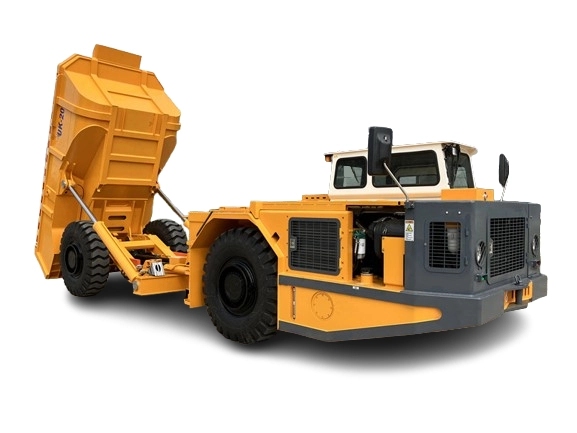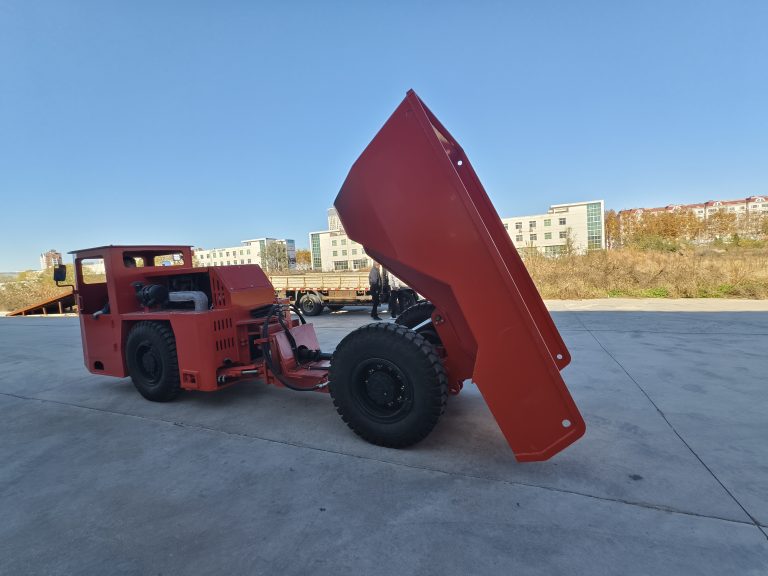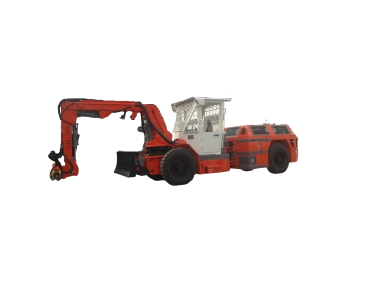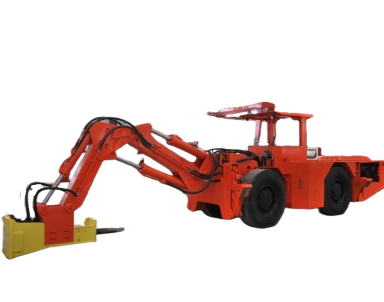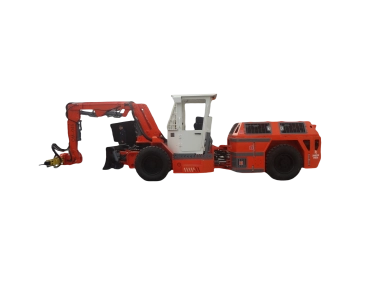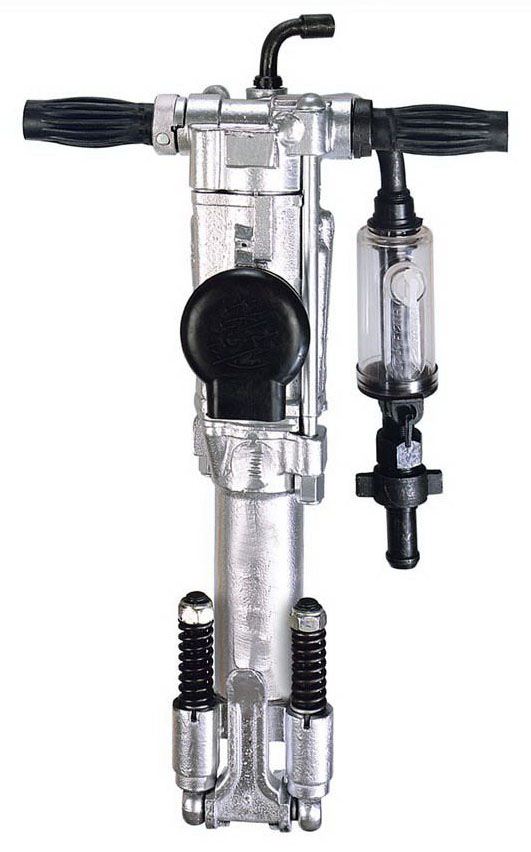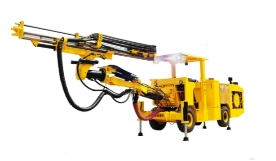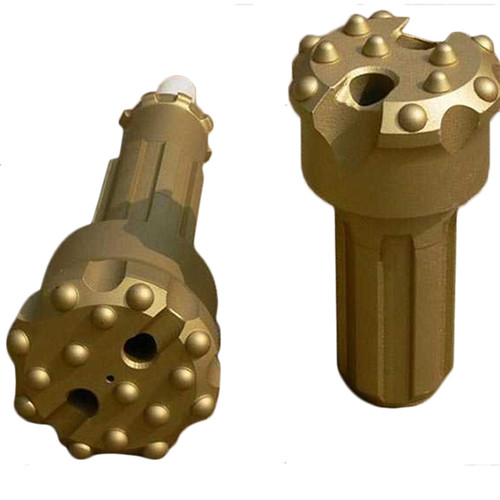Picture this: deep below the earth’s surface, where the air hangs heavy and every turn counts, an underground mine truck hauls tons of ore through narrow veins of rock. These beasts aren’t your everyday haulers. They push limits in dark, cramped tunnels, day in and day out. If you’re a mine supervisor juggling shift schedules or a driver who’s felt the jolt of a steep incline, you know the drill—literally. This piece takes a deep dive into underground mine trucks, zeroing in on their operation and maintenance. We’ll break down the nuts and bolts, share real-world tips, and help you spot ways to keep things running smooth. By the end, you’ll have fresh ideas to cut downtime and boost your crew’s safety.
What Makes Underground Mine Trucks Tick?
Underground mine trucks stand out for their rugged build. Designed for the crush of constant loads, they handle everything from jagged rock to slippery floors without skipping a beat. At their core, these trucks use a simple yet tough setup: a front cab for the driver, a massive dump bed for cargo, and articulated joints that let the whole rig twist around corners like a snake.
Think about the frame first. It’s welded from high-strength steel to shrug off impacts. The center hinge? That allows the front and rear to swing independently, so tires stay planted even on uneven ground. Power comes from diesel engines tuned for low emissions—key in tight spaces where fumes build fast. Add in hydraulic dumps that tip loads quick, and you’ve got a machine that moves material faster than a team of loaders ever could.
Core Components That Drive Performance
No underground mine truck runs without its key parts pulling together. Here’s a quick rundown:
- Engine and Transmission: A reliable diesel heart paired with a torque converter keeps power steady. It delivers pull for uphill climbs without bogging down.
- Suspension and Tires: Heavy-duty shocks absorb jolts, while low-profile tires grip wet rock. They cut sway and help with sharp turns.
- Braking System: Wet disc brakes handle heat from frequent stops. Foot pedals link to air systems for quick response.
- Cab Design: Enclosed with good visibility—mirrors and cameras spot blind spots. Vibration dampers keep the ride from shaking you apart.
These bits aren’t just add-ons. They work as a team to make hauls safer and quicker. Skip one, and you’re looking at slips or stalls that slow the whole operation.
Tackling the Tough Spots in Daily Runs
Running an underground mine truck means facing quirks surface rigs never see. Tunnels twist and dip. Dust chokes the air. And loads shift if you’re not careful. Good operators treat every shift like a puzzle—plan the route, watch the gauges, and adjust on the fly.
Start with navigation. These trucks often squeeze through veins just wide enough for their width. A small misjudgment clips a wall, and you’ve got repairs eating into production. Drivers lean on markers and lights to thread the needle. Speed? Keep it steady at 10-15 mph in straights, slower in bends. That way, you avoid whipping the load side to side.
Steep grades add another layer. Loaded trucks creep up 15-degree slopes, engines straining. Empty ones pick up speed downhill—too much, and brakes overheat. Smart moves here pay off big. Coast when you can. Use engine braking to ease off the pedals.
Navigating Tight Tunnels and Turns
Crowded drifts demand finesse. Underground mine trucks shine with their short wheelbase, but even then, a 20-foot turn feels tight. Practice helps: hug the inside wall, feather the steering. And always signal turns—your team behind you needs the heads-up.
Dust and visibility play tricks too. Headlights cut through haze, but spray from drills muddies things. Wipe blades and mirrors often. If fog rolls in from blasts, pull over till it clears. One clear view can dodge a pile-up.
Power Under the Hood: Engines That Last
Engines in underground mine trucks pack a punch but sip fuel smart. Most run on diesel for that torque you need to lug 20 tons uphill. Output hovers around 200-300 horsepower, enough to maintain 8-10 mph under load. But it’s not just raw grunt—cooling systems fight the underground heat, and filters trap grit before it gums up the works.
Fuel use? It varies. A full shift might burn 20-30 gallons, depending on the haul distance and grade. Short runs in flat drifts sip less; long climbs guzzle more. Track it with the dash gauge. Top off at breaks to avoid mid-shift hunts for fuel carts.
Tips to Stretch Fuel and Cut Costs
Want to ease the burn? Simple habits add up.
- Idle less: Shut down during waits longer than two minutes.
- Match gears to the load: Low for starts, high for cruises.
- Clean air intakes daily: Clogged ones force the engine to work harder.
- Steady throttle: Jackrabbit starts waste diesel.
Over time, these tweaks shave 10-15% off your bill. And a happier engine means fewer breakdowns, too.
Hands-On Operation: Getting the Most from Every Shift
Operation boils down to rhythm. Load even—center the ore to avoid tip-overs. Secure the tailgate before rolling. Dump with care: raise slow to spill without splashing back. Listen to the truck. Rattles signal loose bolts. Whines point to low fluids.
Shifts run 8-12 hours, so comfort counts. Adjust the seat for long hauls. Use the AC to fight humidity. And log everything—miles, loads, any odd vibes. That paper trail spots patterns before they turn into problems.
For new drivers, training seals the deal. Simulators mimic drifts. Hands-on runs build muscle memory. Pair rookies with vets for the first weeks. It cuts errors and builds confidence fast.
Maintenance: The Key to Long Hauls
Maintenance isn’t a chore—it’s what keeps your underground mine truck in the fight. Skip it, and a small leak turns into a shop day. Done right, it stretches life to 10,000+ hours.
Daily checks set the tone. Walk around before startup: tires for cuts, lights for burns, fluids for levels. Grease fittings after every shift. Underground grit loves to seize joints.
Weekly dives deeper. Inspect brakes for wear—pads should have at least 50% life left. Check hydraulics for leaks. Torque wheel nuts to spec. And clean the cab—dust hides gauges.
Routine Checks That Save Headaches
Build a checklist. Here’s one that works for most fleets:
| Check Item | Frequency | What to Look For | Quick Fix If Needed |
| Tire Pressure | Daily | Even wear, no bulges | Inflate or swap |
| Brake Fluid | Weekly | Clear, no bubbles | Top off or bleed |
| Engine Oil | Bi-weekly | Dark but not gritty | Change if over 500 hours |
| Hydraulic Lines | Monthly | No cracks, secure clamps | Tighten or replace hose |
| Battery Connections | Monthly | Tight, no corrosion | Clean and coat |
These steps take 30 minutes but dodge hours of downtime. Track them in a log app—easy to share with the boss.
Long-Term Care for Peak Shape
Big jobs hit every 500-1,000 hours. Overhaul the transmission. Rebuild the dump cylinder. And always use OEM parts—cheapers fail fast underground.
Water and mud? They rust frames quick. Hose down after wet shifts, but dry thoroughly. Paint chips? Spot-touch to block corrosion.
Budget for it. A solid plan runs 5-7% of the truck’s value yearly. Cheap at twice the price when it keeps ore flowing.
Safety First: Protecting Your Team Down Below
Safety ties operation and maintenance together. A well-run truck saves lives. Start with gear: helmets, vests, and ear protection. No shortcuts.
In the cab, stay alert. No phones. Scan for workers on foot. Horn blasts warn of moves. And drills? Clear the zone before dumping.
Maintenance flags risks. Worn brakes? Ground the rig. Leaky fuel? Same deal. Train everyone on lockout-tagout—shut power before touches.
Incidents drop when crews own safety. Hold toolbox talks. Share close calls. Reward spot-on habits. It builds a culture where everyone watches out.、
Why Partner with Yantai Chi Hong for Your Underground Mine Truck Needs?
When it comes to sourcing reliable underground mine trucks, Yantai Chi Hong Machinery Co., Ltd. steps up as a trusted name. With 12 years in the underground mining game, they’ve built a full setup for design, building, sales, and support right from their 96,000-square-meter base in China. Over 300 skilled hands craft gear that meets EU CE and ISO 9001:2015 marks—proof of quality that holds up in the toughest drifts. Their trucks haul 6 to 30 tons with ease, blending tough frames and smart features to fit narrow veins. Plus, their after-sales crew offers 24/7 help, on-site training, and custom tweaks to match your site. It’s straightforward partnership: gear that works hard, backed by folks who get mining.
Wrapping Up the Dive
Underground mine trucks demand respect. From threading tight turns to chasing fuel savings, every choice shapes your bottom line. Master operation with steady hands and sharp eyes. Nail maintenance with checklists and timely fixes. Do both, and you’ll haul more, break less, and send crews home whole. It’s not just about the machine—it’s about the people and the mine that rely on it. Take these steps, and watch your shifts turn smoother.
Frequently Asked Questions
What’s the biggest challenge in operating an underground mine truck?
Tight spaces top the list. These rigs navigate drifts just wider than themselves, so precise steering and slow speeds prevent wall scrapes. A deep dive into operation shows how training helps drivers master those turns.
How often should I check maintenance on an underground mine truck?
Daily walks and weekly deep dives keep things tight. Focus on tires, brakes, and fluids. Regular upkeep cuts breakdowns and extends life—key for smooth operation and maintenance.
Can underground mine trucks handle steep grades safely?
Yes, with the right load balance and gear shifts. They climb 15 degrees loaded, but watch speed downhill to spare the brakes. Good operation means steady throttle and alert eyes.
What role does fuel management play in underground mine truck efficiency?
Smart idling and gear matching stretch every gallon. Expect 20-30 gallons per shift, less with clean filters. It’s a simple tweak in operation that trims costs without skimping power.
How does regular maintenance impact an underground mine truck’s lifespan?
It pushes hours past 10,000 easy. Catch leaks early, grease often—that’s the ticket. A solid maintenance routine pairs with smart operation to keep your fleet hauling strong.




